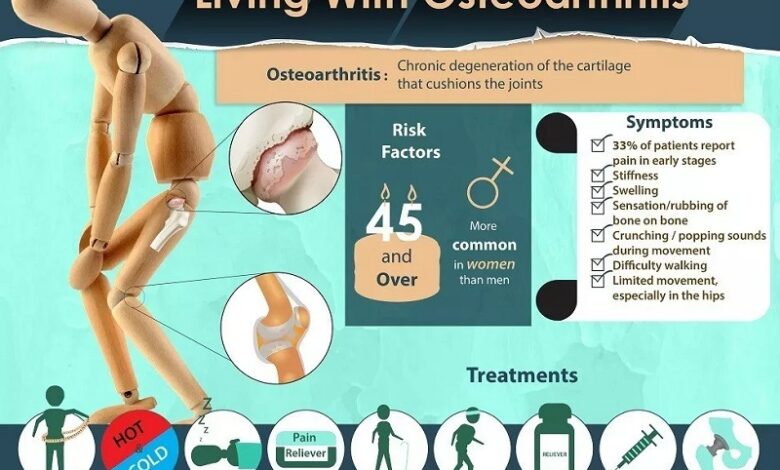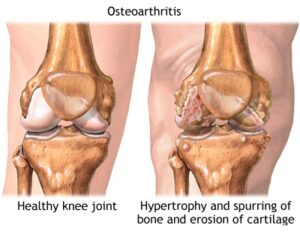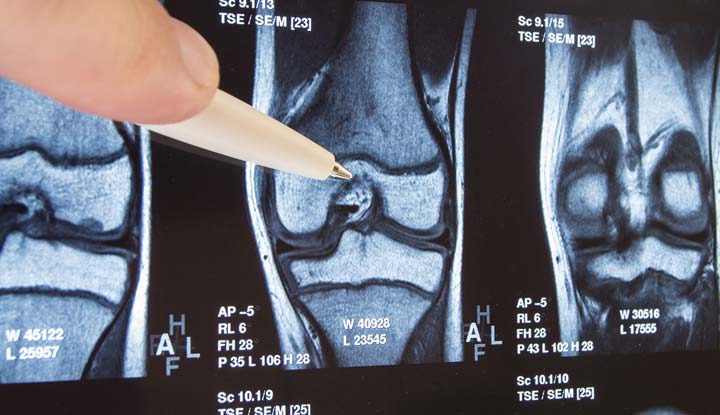Analysis /Opinion
Artificial Intelligence (AI) & Human Society: Perspectives & Reflections

Saikat Kumar Basu
Osteoarthritis (OA) significantly affects rural populations in West Bengal, leading to various challenges: 1. Health Burden: OA causes chronic pain, stiffness, and reduced mobility, impacting daily activities and quality of life. 2. Economic Impact: Many affected individuals may be unable to work, leading to loss of income and increased financial strain on families. 3. Access to Healthcare: Rural areas often have limited access to healthcare facilities, making diagnosis and treatment challenging. Many may rely on traditional medicine or local remedies. 4. Awareness and Education: There may be a lack of awareness about OA, its risk factors, and management, which can delay treatment and exacerbate symptoms. 5.Cultural Practices: Traditional beliefs and practices might influence the management of OA, sometimes hindering the adoption of evidence-based treatments. 6. Social Implications: The disease can lead to social isolation due to mobility issues, affecting mental health and community participation. Addressing these challenges requires targeted health education, improved healthcare access, and integration of modern and traditional practices for effective management of osteoarthritis.
Who is impacted mostly by Osteoarthritis and what are the most common
symptoms ?
Osteoarthritis primarily impacts older adults, with the risk increasing significantly for those over the age of 50. Women are more likely to develop osteoarthritis than men, especially after menopause. Other groups at higher risk include individuals who are overweight, those with previous joint injuries, and people with a family history of the disease.
The most common symptoms of osteoarthritis include:
Joint Pain: Often worsened by movement and relieved by rest.
Stiffness: Particularly noticeable after periods of inactivity or upon waking.
Swelling: Around the affected joint.
Decreased Range of Motion: Limited ability to move the joint normally.
Crepitus: A grating sensation or sound when the joint moves.
Joint Deformity: In severe cases, the joint may become misshapen.
These symptoms typically develop gradually and can vary in severity.

What are the major differences between osteoarthritis and osteoporosis?
Osteoarthritis and osteoporosis are both conditions that affect the bones, but they differ significantly in their causes, symptoms, and treatments:
Definition:
Osteoarthritis (OA): A degenerative joint disease where the cartilage that cushions the ends of bones in the joints deteriorates, leading to pain, swelling, and reduced motion in the joints.
Osteoporosis: A condition characterized by weakened bones that become fragile and more likely to fracture due to a loss of bone density and mass.
Causes:
Osteoarthritis: Caused by the wear and tear of joint cartilage over time, which can be exacerbated by age, joint injury, obesity, genetics, and repetitive stress on the joints.
Osteoporosis: Caused by an imbalance between bone resorption and bone formation, often due to aging, hormonal changes (especially in postmenopausal women), lack of calcium and vitamin D, sedentary lifestyle, smoking, and certain medications.

Symptoms:
Osteoarthritis: Symptoms include joint pain, stiffness, swelling, and decreased range of motion, primarily affecting weight-bearing joints like the knees, hips, and spine, as well as the hands.
Osteoporosis: Often called a “silent disease” because it typically has no symptoms until a fracture occurs. Fractures commonly affect the hip, spine, and wrist and can lead to chronic pain and disability.
Diagnosis:
Osteoarthritis: Diagnosed through clinical evaluation, patient history, and imaging studies such as X-rays or MRIs that show joint space narrowing, bone spurs, and cartilage loss.
Osteoporosis: Diagnosed using bone mineral density (BMD) tests, such as a dual-energy X-ray absorptiometry (DEXA) scan, which measures bone density in the hip and spine.
Treatment:
Osteoarthritis: Treatment focuses on managing symptoms and improving joint function through lifestyle changes (e.g., weight management, exercise), physical therapy, medications (e.g., pain relievers, anti-inflammatory drugs), and in severe cases, joint replacement surgery.
Osteoporosis: Treatment aims to strengthen bones and prevent fractures through medications (e.g., bisphosphonates, hormone therapy), dietary supplements (calcium and vitamin D), weight-bearing exercises, and lifestyle changes to reduce fall risk.
Prevention:
Osteoarthritis: Preventive measures include maintaining a healthy weight, staying physically active, avoiding joint injuries, and managing other health conditions that can affect joints.
Osteoporosis: Prevention involves ensuring adequate intake of calcium and vitamin D, engaging in regular weight-bearing and muscle-strengthening exercises, avoiding smoking and excessive alcohol consumption, and taking medications if necessary to maintain bone health
What are the possible treatments available for Osteoarthritis ?
Osteoarthritis (OA) is a degenerative joint disease characterized by the breakdown of cartilage and underlying bone. Treatments aim to relieve symptoms, improve joint function, and slow the progression of the disease. Here are the possible treatments for OA:
Medications:
Pain Relievers: Acetaminophen, nonsteroidal anti-inflammatory drugs (NSAIDs) like ibuprofen and naproxen.
Topical Analgesics: Creams and ointments containing capsaicin or NSAIDs.
Corticosteroids: Injections to reduce inflammation.
Hyaluronic Acid Injections: To lubricate the joint.
Physical Therapy:
Exercise programs tailored to strengthen muscles around the affected joint.
Range-of-motion exercises to maintain joint flexibility.
Physical therapy modalities like ultrasound, heat, or cold therapy.
Lifestyle Modifications:
Weight loss to reduce stress on weight-bearing joints.
Low-impact aerobic exercises, such as swimming or cycling.
Use of assistive devices like braces, canes, or shoe inserts.
Occupational Therapy:
Techniques to reduce strain on joints during daily activities.
Adaptive devices to make daily tasks easier.
Alternative Therapies:
Acupuncture, Nutritional supplements like glucosamine and chondroitin sulfate (though their efficacy is debated).
Surgical Options:
Arthroscopy: Minimally invasive surgery to clean out the joint.
Osteotomy: Bone realignment surgery.
Joint Replacement: Partial or total replacement of the affected joint, such as knee or hip replacement.
Regenerative Medicine:
Emerging treatments like platelet-rich plasma (PRP) injections or stem cell therapy, though these are still under research and not widely accepted.
The choice of treatment depends on the severity of the OA, the specific joints affected, overall health, and personal preferences.






